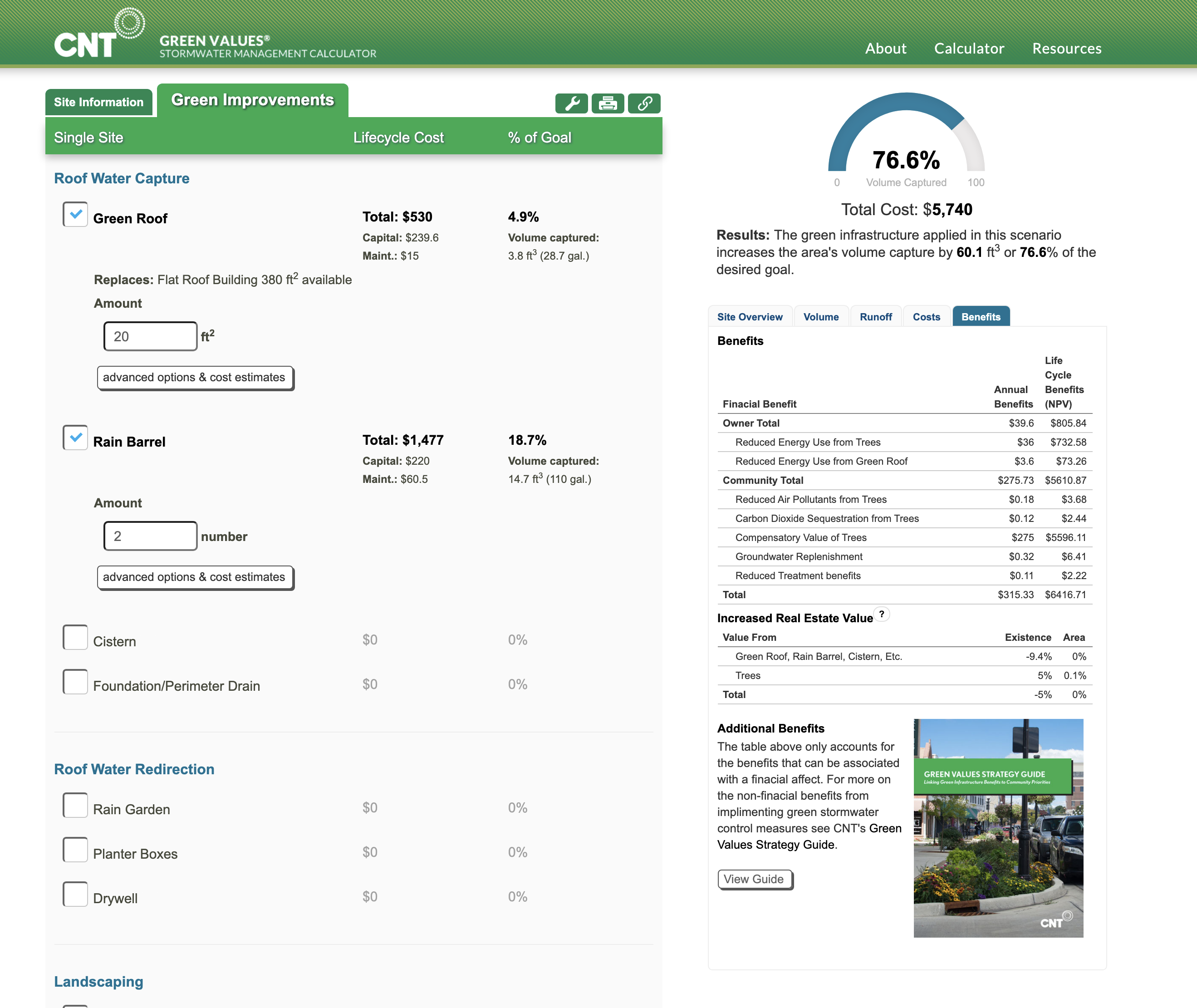When Village of Midlothian residents reached out to CNT’s RainReady℠ program, they sought help with Natalie Creek, a small tributary to the Cal Sag Channel with a terrible history of flooding the surrounding neighborhood. As we began our work with Floodlothian Midlothian and Village Trustees, we learned that flooding wasn’t the only challenge facing the community. Like many of its neighbors, Midlothian was hard hit by the 2009 recession and has been challenged to rebuild its economic base and sense of community pride ever since. When the Village Board unanimously adopted the RainReady Midlothian Plan on January 27, they committed to a long-term strategy that not only seeks to tackle flooding, but also revitalize the economy.

Flooding is nothing new to Midlothian. The village has dealt with it since the 1920s. But in recent decades, residents were alarmed at the frequency and severity of flooding in the village, with entire blocks under water.
RainReady Community began working in Midlothian in early 2015 in partnership with the U.S. Army Corps of Engineers. In June, we completed a village-wide risk assessment to determine the source and scope of flooding in the community. We learned that flooding was chronic and widespread. In addition to the victims of Natalie Creek’s repeated overbanking – residents reported nine floods in 15 weeks in the summer of 2014 – residents suffered from backup in the sewer system and groundwater seepage. Our survey found high levels of anxiety in the village: 85 percent of respondents expressed concern about the impact of water-related problems on quality of life in the community. Flood damages were cited as a common cause of foreclosures and abandoned properties.
In partnership with village leaders, including an inspired and engaged group of flood victims, Floodlothian Midlothian, the village is on a new course. More than $1.3 million in outside funds have already been secured, with an additional $8.3 million expected to be approved. Every step of the way, residents are leading the charge, driving forward proposals that bring flood relief and economic benefits.
The Complete Street project on 147th Street/IL-83 is an example of this approach. The roadway is slated to be the first commercial corridor in the south suburbs to integrate flood relief, downtown revitalization, and improved biking and walking facilities. The street runs right through the heart of Midlothian, passing a Metra station, several schools, restaurants, businesses, and homes. Starting this month, the Chicago Metropolitan Agency for Planning (CMAP) will begin a corridor study through their Local Technical Assistance program. CMAP will be working closely with village leaders and community members to determine the best mix of improvements for the community, which could include bike lanes, crosswalks, tree plantings, and pedestrian-scale lighting. The project is one element of the wider Complete Streets policy that the Village is set to adopt in 2016.

The transformation of Natalie Creek is another example of Midlothian’s leadership in pursuing stormwater projects that bring broader benefit to the community. RainReady has been working with the Metropolitan Water Reclamation District (MWRD), the regional agency responsible for stormwater management, to transform the creek. Since meeting with the RainReady Midlothian team in the fall of 2014, MWRD has developed an $8.3 million project to reduce flooding on Natalie Creek. Together with the National Park Service, South Suburban Mayors and Managers Association, and Trails for Illinois, RainReady is looking to leverage this investment to install a multi-use trail that would connect Midlothian to the Forest Preserve and the Cal-Sag Trail. The creek, which has been a hazard for Midlothian for decades, is being transformed into a beautiful community asset that helps to restore a sense of place in the village.
In 2016, we’ll be looking for ways to expand the Midlothian model into other communities across the country that face similar chronic flooding.






 Strengthening Transit Through Community Partnerships
Strengthening Transit Through Community Partnerships